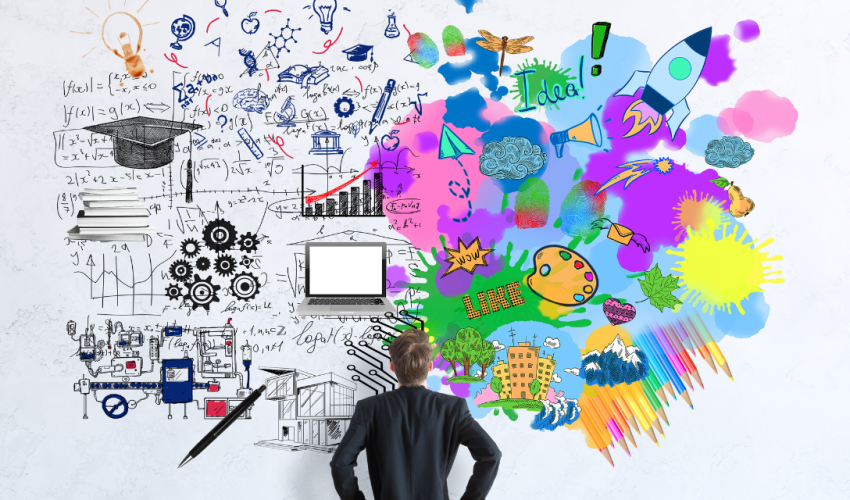Imagine you’re sitting at your desk, wrestling with a groundbreaking concept for a new sustainable energy solution. It’s revolutionary, potentially game-changing, but it’s also complex and multifaceted. You know it inside out, yet when it comes to explaining it to others, the words just don’t do it justice. This is where the magic of generative AI, like ChatGPT, steps in, serving as a bridge between your brilliant idea and the clear, engaging articulation of that idea to the world.
The Human-AI Collaboration
Idea Generation: Initially, your concept is a seed. You understand its potential, but it needs sunlight, water, and nutrients to grow. Generative AI acts as your digital greenhouse. By inputting your initial thoughts into an AI, it responds with questions, expansions, and angles you might not have considered. For instance, it might suggest considering the socio-economic impacts of your sustainable energy solution or propose applications beyond your original scope.
Structure and Organization: With a plethora of expanded ideas, the next step is organizing them into a logical structure. Generative AI can suggest a framework, breaking down your concept into digestible sections such as the problem statement, your solution, its benefits, potential challenges, and a call to action. This structure serves as a roadmap, guiding your readers through your thought process.
Language and Style: The final layer is refining the language and style to ensure your message is not just heard but felt and understood. AI can help tailor your message for different audiences, whether it’s a technical paper for industry professionals, a pitch for potential investors, or an informative piece for the general public. The goal is to maintain your unique voice while making the content accessible and engaging.
Practical Steps in Action
Let’s walk through these steps using our sustainable energy solution idea.
- Brainstorming with AI: You describe your basic concept to the AI: a new technology that harnesses energy from plant photosynthesis at a scalable level. The AI asks if you’ve considered the environmental impact of large-scale implementation and suggests comparing it with existing renewable energy sources.
- Refining the Idea: Building on the AI’s feedback, you dive deeper into the environmental benefits, researching and then discussing with the AI how your solution might significantly reduce carbon footprints compared to solar or wind energy, offering unique advantages like biodiversity support.
- Drafting: Using the structured outline provided by the AI, you begin drafting your paper. The AI helps formulate a compelling introduction, outlines the core technology, discusses potential applications, addresses anticipated challenges, and proposes future research directions.
- Revision and Polish: You review the AI-generated draft, refining complex explanations into simpler terms, adding personal anecdotes to illustrate points more vividly, and ensuring the tone remains hopeful and inspiring.
Ethical Considerations
As you harness the power of generative AI, it’s crucial to navigate the ethical landscape with care. This means being transparent about the use of AI in your creative process and ensuring that the final content genuinely reflects your original thought and voice. It’s about enhancing your creativity, not outsourcing it.
Conclusion
Generative AI is not a replacement for human creativity; it’s a catalyst that can take a raw, unpolished gem of an idea and help you cut and polish it until it shines brightly. By leveraging AI as a partner in the creative process, we can articulate our thoughts and ideas more clearly, making them accessible and resonant with a wider audience.
In the journey from thought to expression, generative AI serves as a powerful ally, helping to illuminate the path from the nebulous shadows of concept to the vivid light of understanding. It’s a tool that, when used thoughtfully, can help us not only to communicate more effectively but to think more deeply about our ideas, refining and enriching them in ways we might never have achieved on our own.
~ Charles A. Dyer
